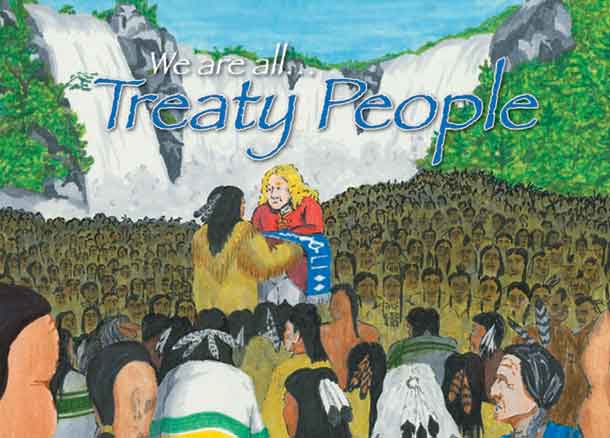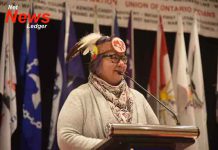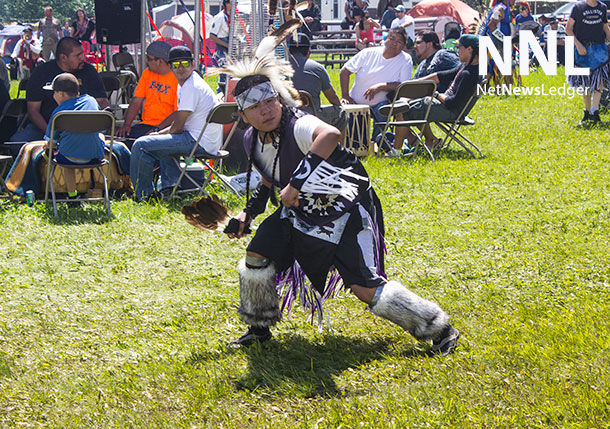
Today, as we celebrate National Indigenous People’s Day in Canada, it becomes essential to delve into the core principles that shape the relationships between Indigenous nations and the Government of Canada.
One such principle is the treaty-based nation to nation relationship.
This concept is central to the understanding and respect of Indigenous rights, and it can sometimes be complex to fully grasp. This article aims to shed light on what a treaty-based Nation to Nation relationship is and why it matters.
Understanding Treaties
To begin, let’s define what a treaty is. In the context of Indigenous relations in Canada, treaties are formal agreements made between the British Crown (and later, the Canadian government) and Indigenous nations.
These treaties were intended to establish mutual obligations, delineate rights to lands and resources, and create a basis for peaceful coexistence. They are often seen as living documents, meaning that their interpretation and implementation can evolve over time.
The Nation to Nation Relationship
The concept of a Nation to Nation relationship originates from the understanding that Indigenous groups are distinct, sovereign entities with their own cultures, laws, and governance systems. In the eyes of international law, nations have certain inherent rights, including the right to self-determination and the right to manage their territories and resources.
When the British Crown, and later the Canadian government, entered into treaties with Indigenous nations, it implicitly recognized them as distinct nations.
This recognition forms the basis of a Nation to Nation relationship. It underlines the idea that negotiations and interactions between the Canadian government and Indigenous groups should happen on an equal footing, acknowledging their sovereignty and rights.
Challenges and Controversies
However, the reality of these Nation to Nation relationships has been fraught with challenges and controversies.
Historically, the Canadian government has not always respected the terms of these treaties or the sovereignty of Indigenous nations. This has led to a wide range of issues, from land disputes to the denial of Indigenous rights.
Additionally, the interpretation of treaties is often a point of contention. The written text of the treaties, often drafted by European colonizers, might not accurately reflect the oral agreements and understandings that were reached by Indigenous leaders.
This has often resulted in disputes over the correct interpretation and implementation of the treaties.
The Way Forward
To truly honour the spirit of the Nation to Nation relationship, it is critical to respect and uphold the terms of treaties, recognize the sovereignty of Indigenous nations, and engage in meaningful dialogue to resolve disputes.
This involves educating ourselves about the history and significance of these treaties, acknowledging past injustices, and working towards a more equitable future.
On National Indigenous People’s Day, this reflection on treaty-based Nation to Nation relationships serves as a reminder of the importance of understanding, respect, and mutual agreement in our collective journey towards reconciliation.
Conclusion
Understanding the concept of a treaty-based Nation to Nation relationship is a critical step in acknowledging the rights, cultures, and histories of Indigenous peoples. As we mark National Indigenous People’s Day, let us recommit to fostering these relationships with respect, openness, and a commitment to justice and equality. The path to true reconciliation lies in understanding our shared history and working together to forge a better future.






